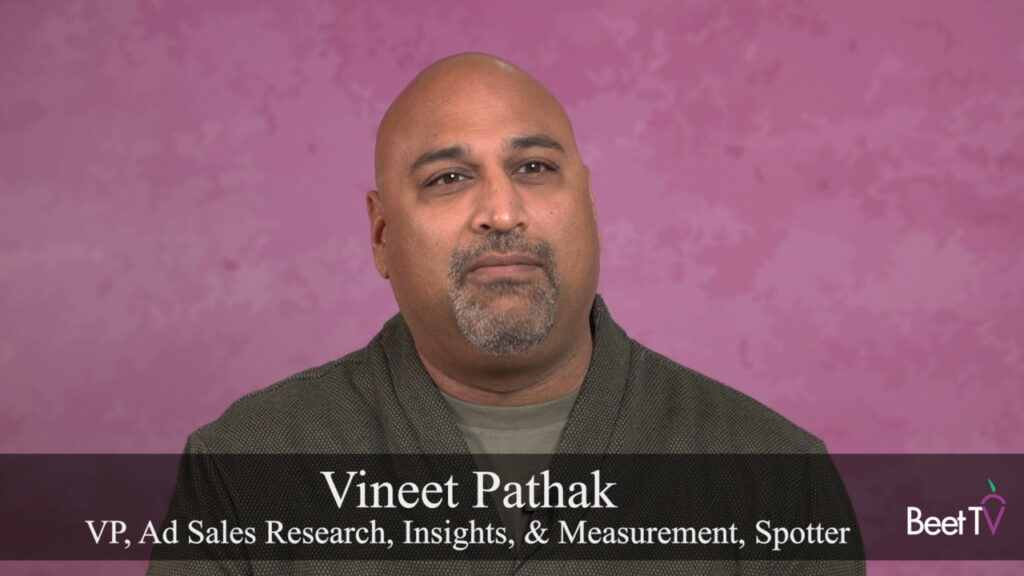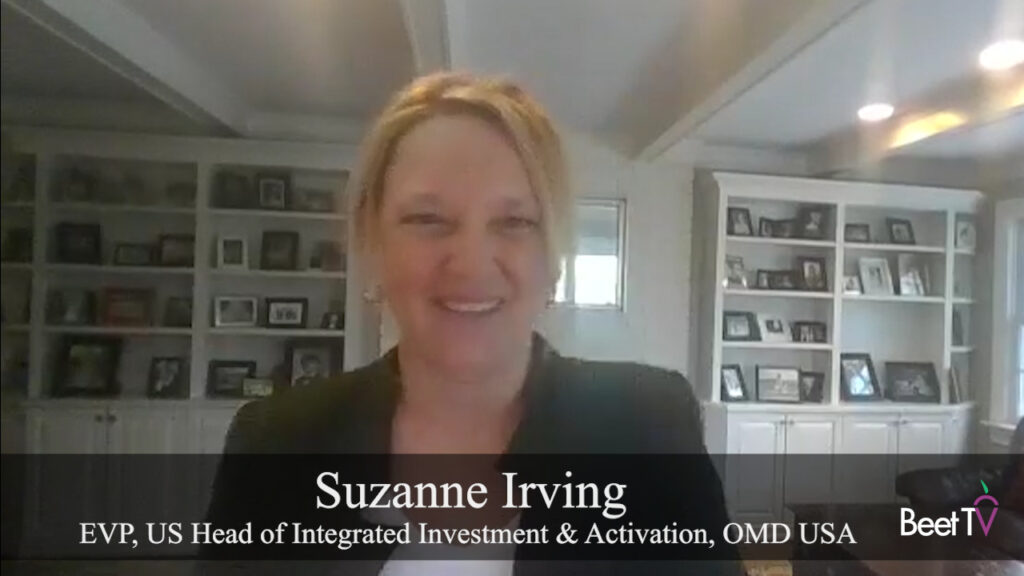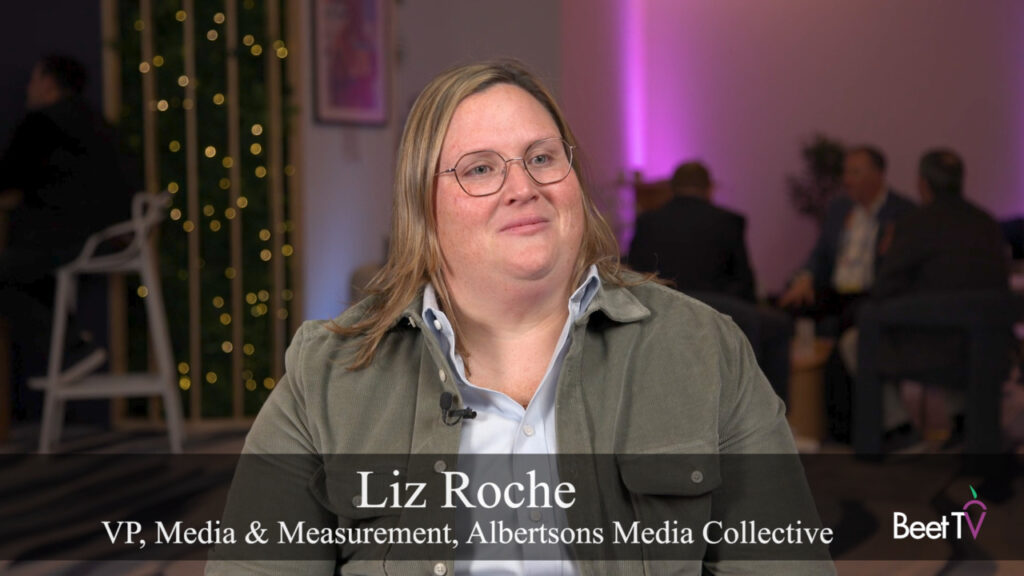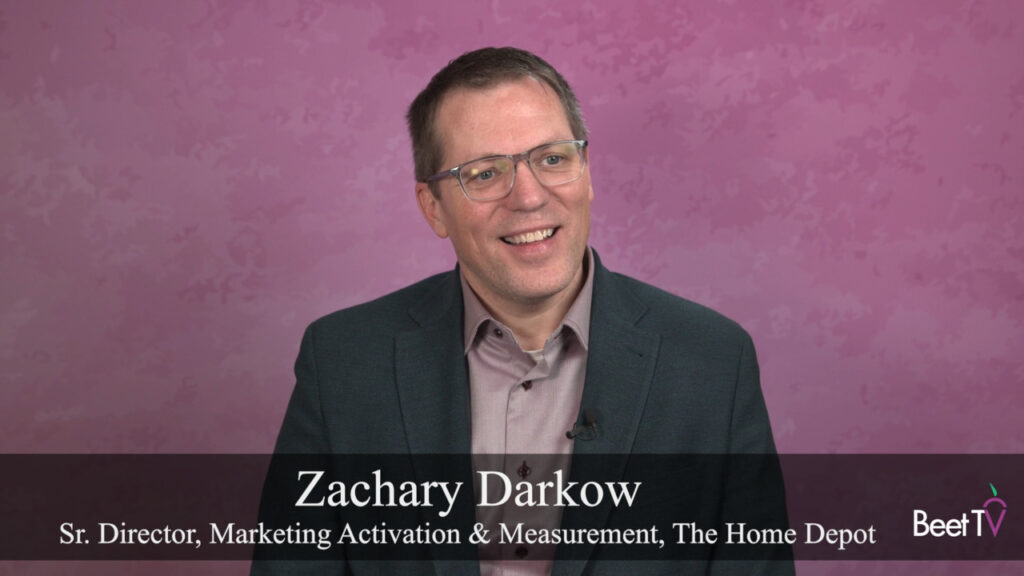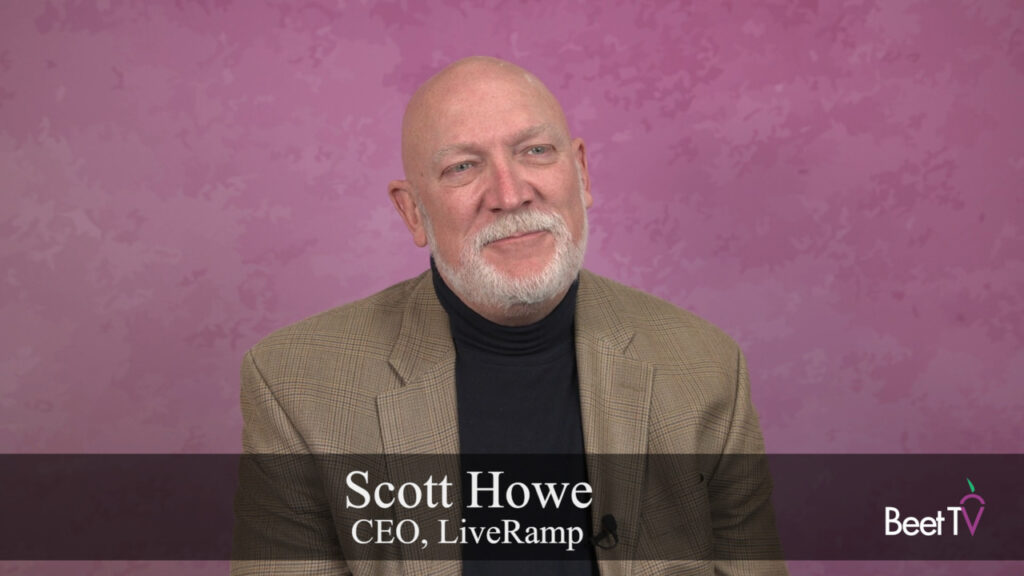
Over the last couple of years, we have seen countless research reports highlight the growth in consumers’ use of alternative-screen devices whilst they watch TV.
But amongst the clearest and most useful snapshot of the true meaning of what has become a mature trend is IPG Media Lab’s contrarian new report, The Second Screen Fallacy, just published here together with its sister agency Magna Global.
In this interesting sit-down interview with Beet.TV, the lab’s strategy director Natalie Bokenham says the industry’s earlier belief that smart mobile devices would prompt people to fill day-light parts of their day with video has turned out false.
“The vast majority of video consumption actually happens on the couch during prime-time, regardless of screen,” Bokenham finds. “We’re seeing an intensification of attention in the living room, watching video – but this is happening across different screens.
“So we see our clients’ budgets remaining strong in the living room – but we’re helping to establish new ways for that budget to be distributed across different screens.”
Framing the rise of mobile as, counterintuitively, being all about the living room suits the Interpublic division. Bokenham says 70% of clients’ ad budgets still goes to TV commercials.
The lab’s report cites AdTonik and Samba as examples of ad tech firms whose technology listens to TV ads and simultaneously serves related ads on to consumers’ mobile devices.
Watch the full interview for a useful breakdown of the report.








